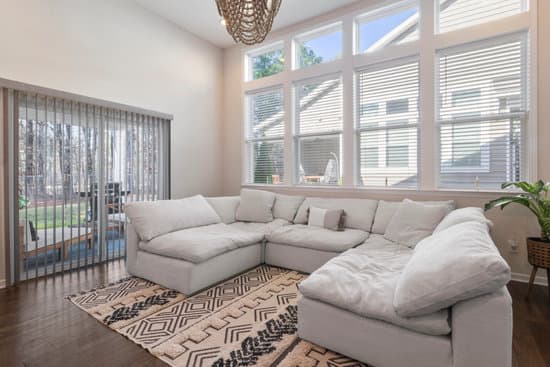Understanding the 70 Rule in Real Estate:
Real estate investing is a profitable business venture that can generate significant revenue if done correctly. Many investors have found success in the field by following certain rules and guidelines. One such rule is the 70 Rule, which helps investors to determine how much they should pay for a property. The 70 Rule states that an investor should not pay more than 70 percent of a property’s value after repair less the cost of the necessary repairs. This rule is especially essential for real estate flippers looking to make a profit through renovating homes.Why is the 70 Rule important for real estate investors to follow?
The 70 Rule is vital to real estate investors because it helps them to make sound financial decisions. By sticking to this rule, investors can avoid overpaying for homes and ensure that they leave enough room for profits. Overpaying for a property can lead to potential financial losses, which can be disastrous for investors. Additionally, the 70 Rule is a helpful tool that helps investors to stay organized and focused as they navigate the complex world of real estate investing.How to calculate the 70 Rule for a property?
Calculating the 70 Rule is relatively easy and straightforward. To determine how much to pay for a property, an investor needs to follow these four steps: Step 1: Calculate the after repair value (ARV) of the property. Step 2: Multiply the ARV by 0.7 (70%). Step 3: Calculate the cost of the necessary repairs. Step 4: Subtract the cost of repairs from the result obtained in step two. The formula can be expressed as: Maximum Purchase Price = (ARV x 0.7) – Repair Costs.Tips for using the 70 Rule effectively in your real estate investment strategy.
The following tips can help investors to use the 70 Rule effectively and make profitable real estate deals:- Do thorough research and find the right properties that fit the 70 Rule criteria.
- Partner with professionals, such as contractors and real estate agents, to get accurate repair costs and ARV estimations.
- Include a contingency plan in your budget in case unforeseen expenses arise during the renovation process.
- Be patient and don’t rush into buying a property that does not meet the 70 Rule criteria.
- Take advantage of online resources and real estate investment forums to learn from experienced investors.
Common mistakes to avoid when applying the 70 Rule in real estate.
Applying the 70 Rule correctly can be the difference between a successful real estate deal and a financial loss. Here are a few common mistakes to avoid when using the 70 Rule:- Overestimating the ARV and underestimating the repair costs.
- Not accounting for holding costs, such as mortgage payments and taxes, during the renovation process.
- Ignoring the local real estate market and buying property in a declining or stagnant market.
- Underestimating the time and effort required to complete the renovation process.
- Ignoring potential red flags during the inspection process, such as structural damage or faulty electrical systems.





















